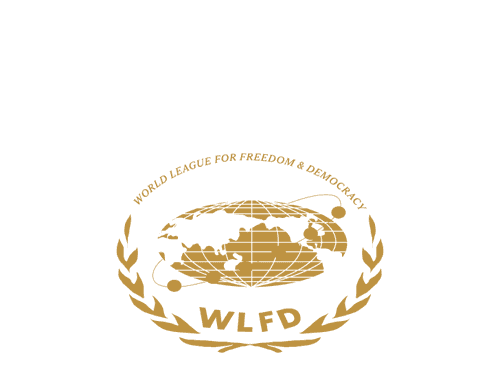The organization’s first conference took place in 1967 in Taipei, Taiwan and included 220 delegates, observers from 67 countries and 13 international organizations. The first executive board consisted of members from Argentina, West Germany, Libya, Iran, South Korea, The Republic of China, the Philippines, the former South Vietnam, and Canada.
WACL supported anti-communist movements throughout the world. In Latin America, its regional affiliate, La Confederación Anticomunista Latinoamericana (CAL), served as a platform for cooperation among right-wing Latin American dictators, including Hugo Banzer of Bolivia. This would later expand into Operation Condor, and the WACL would also play a key role in the Iran-Contra Affair.
In Western Europe, the organization saw the participation of various groups associated with Operation Gladio. Stefano Delle Chiaie, involved in fascist attacks in Italy and the Cocaine Coup in Bolivia, attended a conference of the organization in 1979 while Italian authorities were actively seeking him. Ivor Benson, a far-right white supremacist who worked for the then Rhodesian government, went on to head the South African Chapter of the WACL. The group's American chapter was considered so extreme that it was placed on a watch list by the Anti-Defamation League for its racist and antisemitic tendencies during the early 1980s. Nonetheless, the future US Presidential candidate John McCain remained on WACL’s board until 1984.
After the fall of Communism in Eastern Europe, the group was rebranded as the World League for Freedom and Democracy. Among one of its first post-war presidents was József Torgyán of the Independent Smallholders Party in Hungary. While the organization has become less active in recent years, it helped bring together the far right during the Cold War.
Today, the organization primarily remains active in East Asia.


